Hurtigruten’s vision for the world’s most energy-efficient cruise ship is advancing, with its groundbreaking Sea Zero project recently completing a new phase of rigorous testing at SINTEF Ocean’s facilities in Trondheim, Norway. Large battery packs, retractable sails, air lubrication systems, contra-rotating propellers and an energy-optimised hull are among the innovations being evaluated.
Hurtigruten wants to design a ship that can sail without emissions in normal operation on the Norwegian coast from around 2030. “We are learning a lot from these tests, and we now see that many of the ambitious goals in this project can also be implemented in practice,” said Gerry Larsson-Fedde, Chief Operating Officer at Hurtigruten.
Thorough tests
Following months of testing, the ship design has been further refined to be longer, lower, and more stable, now featuring two large retractable sails, that can be raised or lowered as needed. The recent digital simulations and physical trials in Trondheim, using an eight-metre model tested in SINTEF’s ocean basin and towing tank, confirmed that the sails alone could reduce energy consumption by 10–15%.
“For each round we make changes to optimise the design. Now the ship is eight meters longer and slightly wider, and the height has been reduced by one deck. This provides, among other things, better stability. We have also gone from three to two sails,” adds Larsson-Fedde.
Sea Zero
The Sea Zero concept aims to cut energy between 40-50% compared to today’s ships. With that reduction, batteries charged with shore power connectivity in key ports could make emission-free operations possible.
“With the reduction in energy use we’re aiming for, it’s realistic to fit a battery system with enough energy to allow the ship to sail between charging ports under normal weather conditions,” said Trond Johnsen, Project Manager for Sea Zero.
Hurtigruten is working closely with Norwegian research institute SINTEF and other leading partners to refine the design.
“To fully understand and analyse how these technologies work together, we are using advanced numerical simulations and have developed new laboratory techniques and instrumentation for ship model testing,” said Anders Alterskjær, Research Manager at SINTEF Ocean. “The model tests and analyses performed so far show encouraging results towards reducing the energy demand to the degree needed to enable zero emission operation.”
Facts About Sea Zero:
- Goal: World’s most energy-efficient cruise ship
- Zero-emission operation targeted for 2030
- New: 143.5 metres long – Hurtigruten’s longest vessel to date
- New: Two retractable sails with solar panels (10–15% energy savings)
- Contra-rotating propellers and air lubrication to reduce drag
- Smart energy systems for heating, cooling, and onboard operations
- Estimated 40–50% energy savings vs. current ships
- Partners include SINTEF, Vard Design, DNV, Brunvoll, Plug, Corvus Energy, and others
“The Coastal Express has sailed the Norwegian coast for 130 years. For us to sail for 130 years more, we need to change the way we sail,” said Hedda Felin, CEO of Hurtigruten.
 United Kingdom
United Kingdom United States
United States Asia Pacific
Asia Pacific
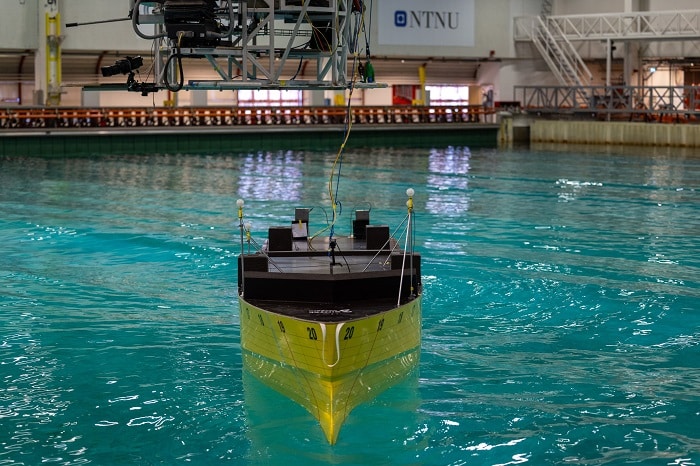


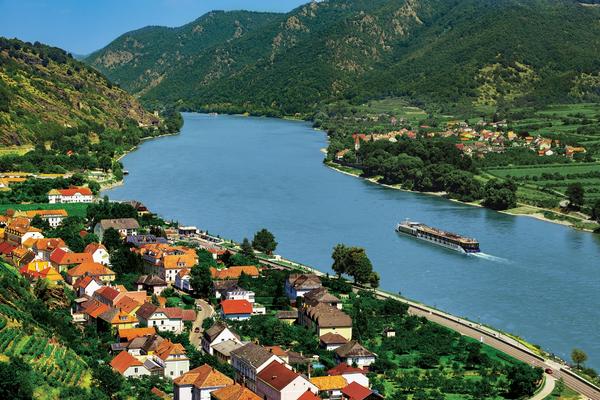
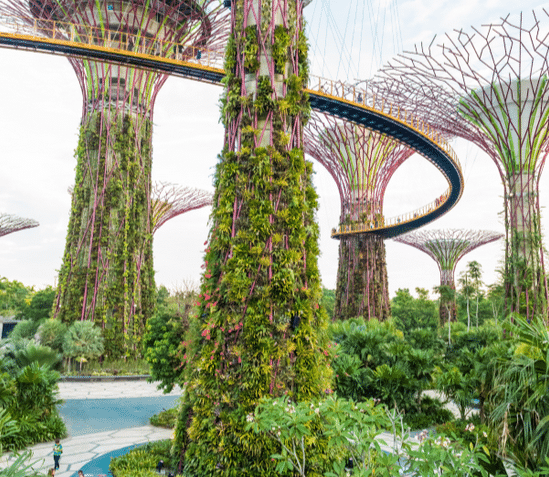


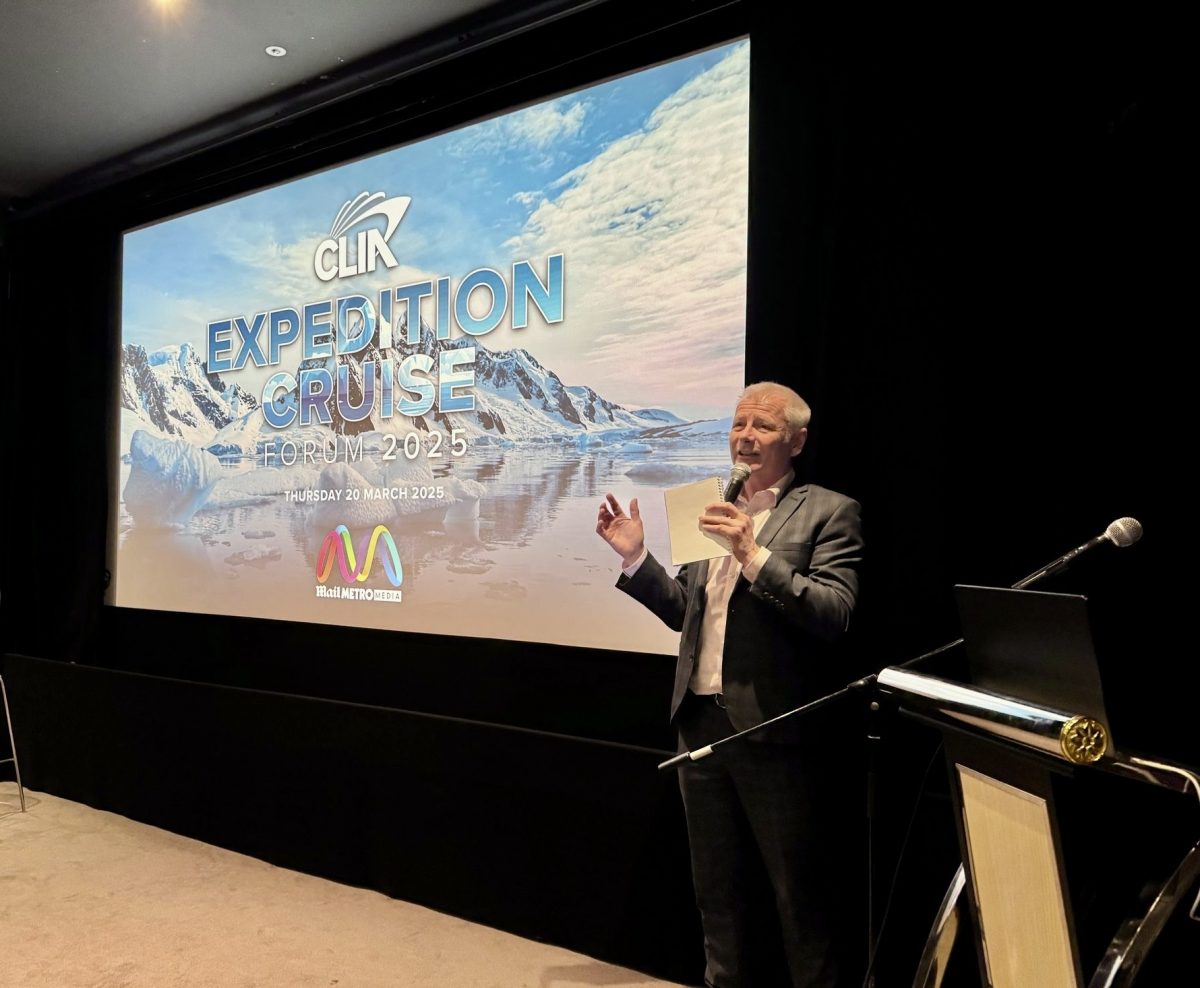

















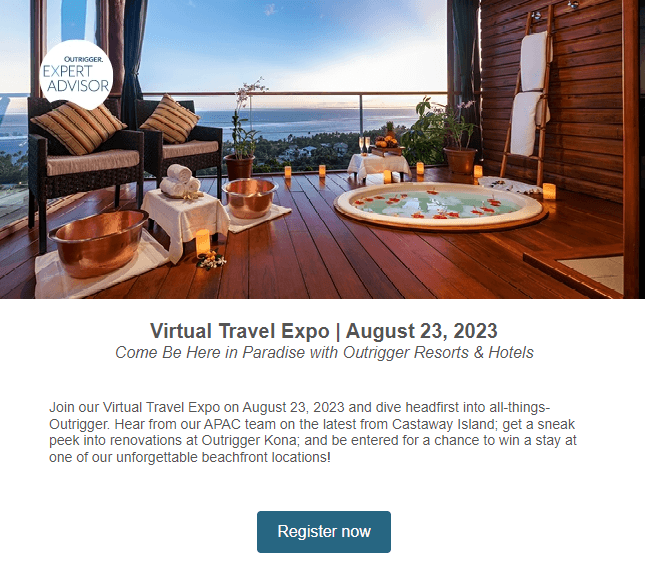
EU entry-exit system delayed again
Carnival Cruise Line hosts Prague getaway for Fun Ambassadors
Council moves to designate Forest of Dean a Biosphere
US tourism hit with UK, Germany travel warnings
Uganda Airlines launching London flights